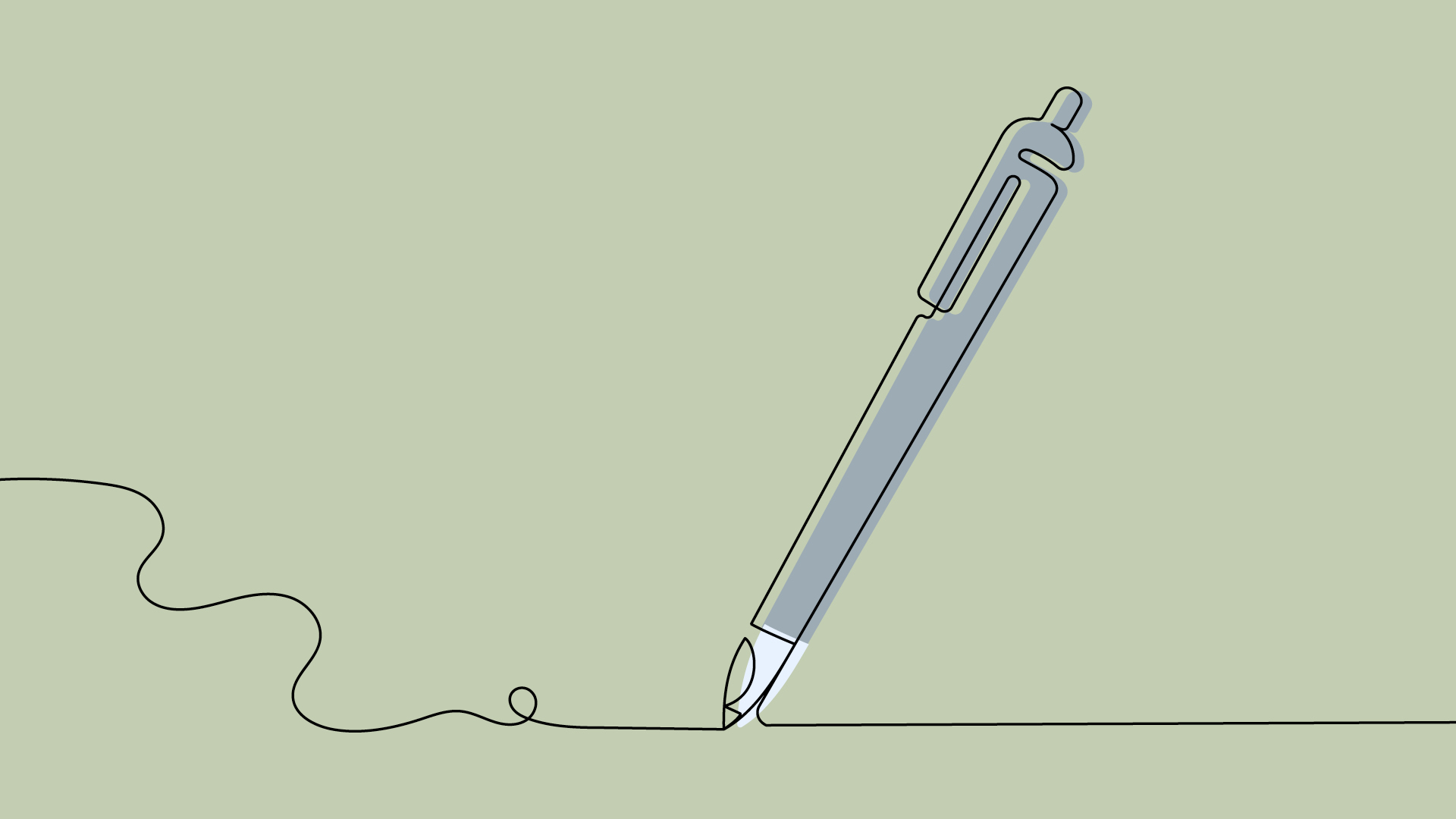
Do You Need to Sign a Will on the Same Day as the Witnesses?
In California, the validity of a will can turn on seemingly minor details. One of the most frequently misunderstood issues is whether the testator (the person making the will) and the witnesses must sign the document on the same day. Many people assume this is a strict requirement. It’s not—but failing to have everyone sign on the same day can still lead to legal problems. And in the world of trust and estate litigation, technical missteps often create expensive court battles.
At Trust Law Partners, we routinely represent clients involved in disputes over the legitimacy of wills and trusts. While the law may allow for flexibility, the reality in court is that anything unusual—such as different signature dates—can be used to cast doubt. That’s especially true in cases involving large estates, disinherited heirs, or elder vulnerability. This blog explores what the law says, how courts treat these cases, and why small deviations can have big consequences.
What Does the Law Require?
California Probate Code §6110 governs the requirements for executing a valid will. It states:
- The will must be in writing.
- The will must be signed by the testator (or in the testator’s name by someone in their presence and by their direction).
- The signing must occur in the presence of at least two witnesses present at the same time.
- Each witness must either observe the signing or hear the testator acknowledge their signature or the will.
Notably, the law does not require that all parties sign on the same calendar day. However, witnesses must be present at the same time and be able to affirm that the testator either signed the document or acknowledged their signature.
This means that, technically, it’s possible for a testator to sign on one day and have witnesses sign on another—so long as the legal requirements for acknowledgment and presence are satisfied. But in practice, that technical compliance can still be challenged.
Why Signing on the Same Day Is Stronger
From a litigation standpoint, having everyone sign on the same day significantly reduces the risk of challenge. When the dates are aligned, the record reflects a clean, unified act of will execution. Courts, beneficiaries, and challengers alike are less likely to question the legitimacy of the document.
When signatures are dated days—or even hours—apart, questions begin to emerge. For example:
- Did the testator have the mental capacity at the time of signing?
- Did the witnesses truly see or hear the testator acknowledge the document?
- Was the document altered in the time between the testator’s signature and the witnesses’?
- Did someone exert undue influence during the gap?
These types of challenges are common in estate litigation. A disinherited family member may seize on any irregularity to attack the validity of the will. Even if the ultimate claim is weak, it can delay administration, increase litigation costs, and create pressure for settlement.
A Real-World Illustration
Consider a recent case our firm handled involving a will executed by an elderly woman with declining cognitive abilities. The woman signed her will in the presence of her caregiver. Two days later, her neighbor and the caregiver's friend signed as witnesses. The will left the majority of her estate to the caregiver, cutting out her two adult children.
When the children came to us, they were suspicious about the caregiver’s influence. The staggered dates gave us an opening. We were able to show that the witnesses hadn’t been present when the testator signed and had only seen the signature afterward. This undermined the formalities required under §6110.
Through deposition testimony and cross-examination, we demonstrated that the witnesses didn’t truly understand their role, and that the testator likely lacked the capacity on the day the witnesses signed. The court ruled in our client’s favor, and the estate passed according to an earlier will.
This case highlights a broader truth: even where a will appears technically compliant, inconsistent execution dates can open the door to scrutiny.
Best Practices for Testators and Lawyers
While the law doesn’t demand same-day execution, we always advise clients to treat it as a best practice. Here’s why:
- It preserves the integrity of the will’s execution.
- It reduces ambiguity in the record.
- It prevents future litigation over formalities.
When all signatures occur at the same time, ideally in the presence of an attorney or notary, it creates a clean execution event that’s much harder to challenge. Witnesses can testify clearly about the testator’s capacity, behavior, and the document’s authenticity.
We’ve litigated dozens of cases where deviations—no matter how innocent—created legal risk. It’s far easier to avoid these disputes than to untangle them in court.
What If a Will Is Already Signed on Different Days?
If you're representing a client or beneficiary facing a will that has multiple signature dates, don’t panic—but do proceed carefully.
Start by reviewing the circumstances of execution:
- Was the testator competent on the date of signing?
- Were the witnesses actually present when the testator signed or acknowledged the will?
- Is there a video, affidavit, or other record of the signing?
- Were there any caregivers, friends, or family members with conflicting interests present during the execution?
The answers to these questions determine whether the will is likely to be upheld or invalidated. Even small deviations can result in protracted litigation, especially when the estate is large or the disinheritance is unexpected.
The Litigator’s Viewpoint
From a litigation perspective, any deviation from “normal” execution protocol becomes a potential argument. We’re often hired by beneficiaries or excluded heirs after someone passes away and the will looks suspicious. Staggered signatures are a red flag.
In many of these cases, the dispute isn’t just about the will—it’s about control. Control over real property, liquid assets, or sentimental family items. And in high-stakes estates, even modest irregularities can lead to multimillion-dollar litigation.
That’s why at Trust Law Partners, we take every technical issue seriously. We don’t just ask whether the will meets the statutory requirements—we investigate the full context. Who was in the room? What was the testator’s mental and physical state? Were there caregivers with a financial interest involved? Was the lawyer experienced in estate planning or a general practitioner unaware of trust litigation risks?
These are the questions that help us win cases—and protect our clients from unfair outcomes.
Final Thoughts: What to Tell Your Clients
For attorneys preparing estate plans, the takeaway is simple: execute all signatures together. Use the same date and use credible witnesses as well as document the execution process clearly.
For beneficiaries and heirs facing a will with irregular signatures, talk to a trust and estate litigation attorney early. Timing matters. What seems like a small detail today may become the centerpiece of a major case tomorrow.
If you’re involved in a dispute over a will or trust—or want to make sure your documents can stand up in court—contact us at Trust Law Partners. We specialize in high-stakes trust and estate litigation throughout California and Texas and represent beneficiaries in holding trustees, executors, and wrongdoers accountable.
Call Trust Law Partners today at 833-878-7852.


